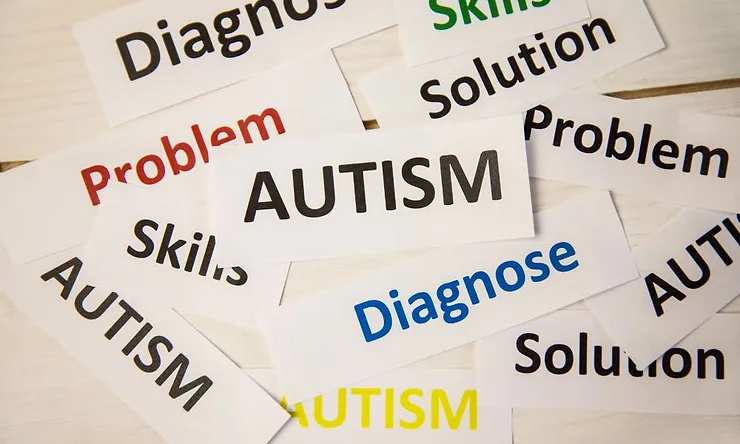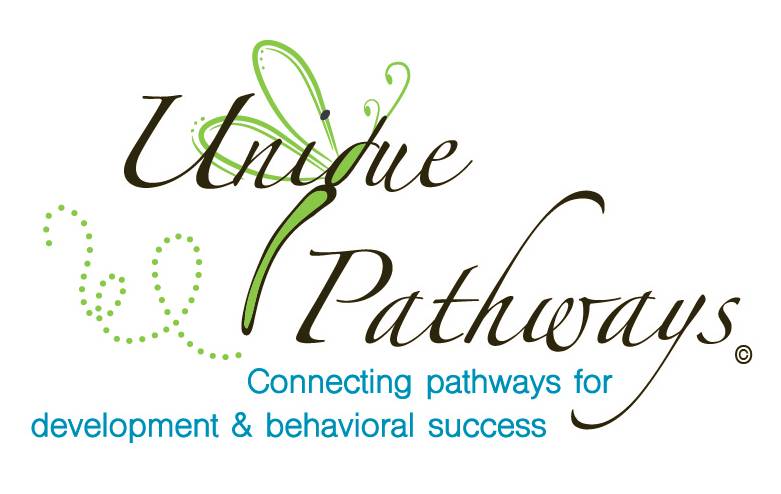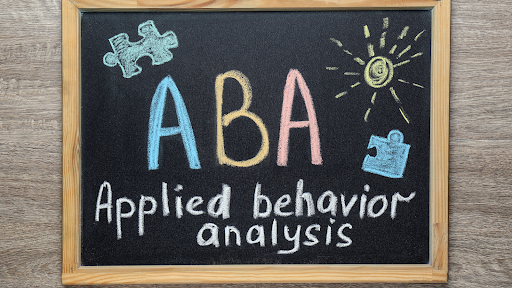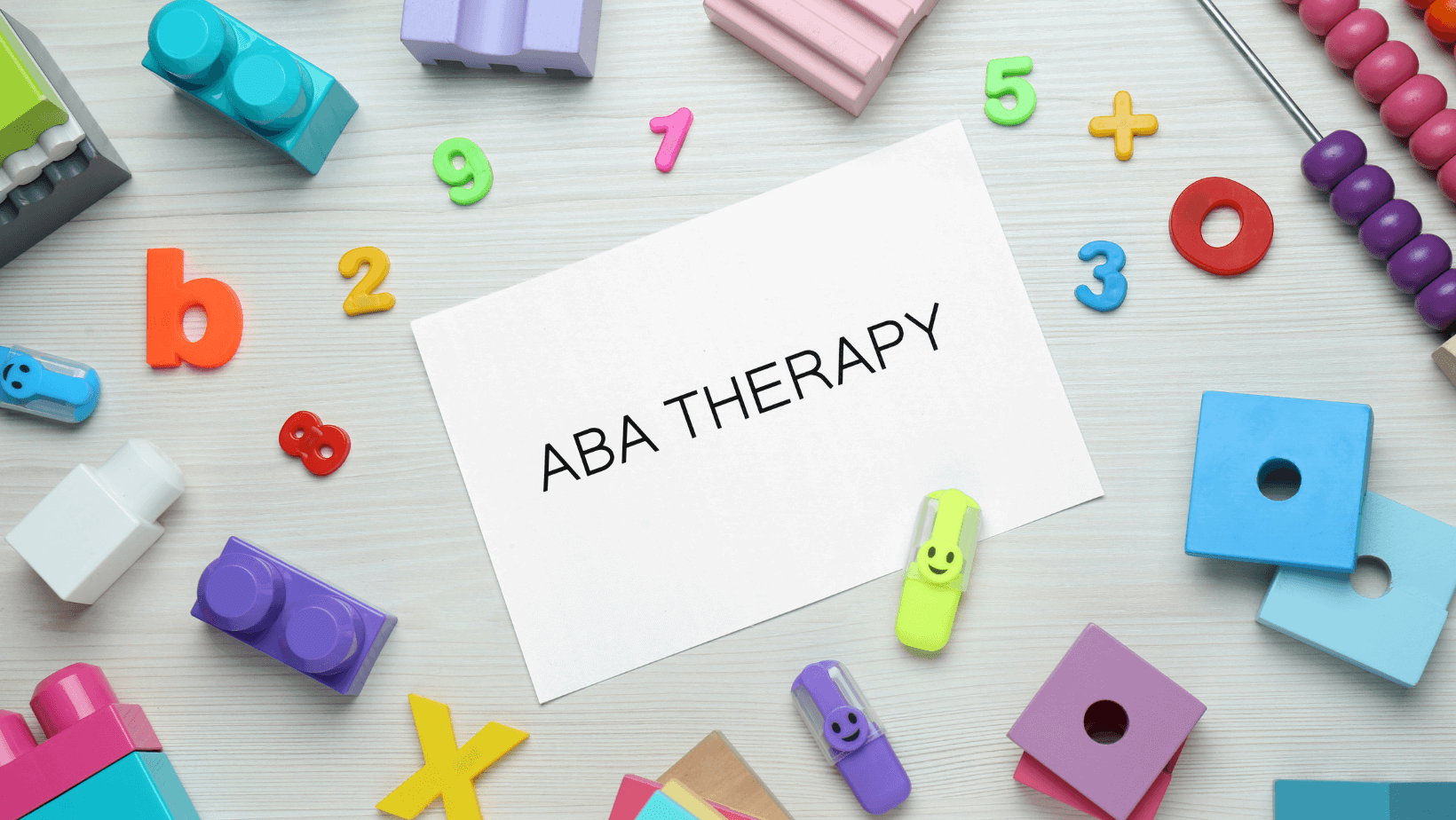Does the thought of why diagnosing autism in teens and adults can be so challenging cross your mind? Unlike in early childhood, symptoms in older individuals often overlap with other conditions, making it hard to pinpoint autism spectrum disorder (ASD). It’s essential to have precise and effective tools at our disposal. Discover RAADS-R (Ritvo Autism Asperger Diagnostic Scale-Revised), a standout diagnostic tool designed to identify ASD in individuals with average or above-average intelligence.
This guide delves into how RAADS-R helps bridge the gap in autism diagnosis, ensuring that no one slips through the cracks.
What is RAADS-R?
The RAADS-R is a self-report questionnaire designed specifically to identify ASD in teenagers and adults who possess average or above-average intelligence. This tool plays a pivotal role in the autism diagnosis process by filling the gap that many other assessments miss: the detection of subtle autistic traits in older individuals. Often, these traits can be masked by learned behaviors or compensatory strategies that high-functioning individuals develop over time.
Structure of RAADS-R
The RAADS-R comprises 80 questions, each carefully crafted to measure various aspects of autism spectrum traits. Here’s a breakdown of its components:
|
No. of Statements |
Subscales |
|
39 |
Social relatedness issues |
|
14 |
Circumscribed interests |
|
7 |
Language peculiarities |
|
20 |
Sensory-motor sensitivities |
Symptom Areas Assessed:
The RAADS-R targets four critical areas of symptoms that are essential for an accurate diagnosis of ASD:
Social Relatedness: This section assesses the individual’s ability to form and maintain social connections. It includes understanding nuances in conversation, interpreting social cues, and reacting appropriately in social settings.
Circumscribed Interests: These are intense, often highly focused interests that are characteristic of individuals on the autism spectrum. The RAADS-R helps to identify and evaluate the depth and impact of these interests.
Language: This area examines aspects of language use, such as atypical phrasing, literal interpretation, and the ability to use language for social communication.
Sensory-Motor: This section addresses sensory sensitivities and motor coordination issues, which are common among autistic individuals. It includes questions about responses to sensory stimuli and physical coordination challenges.
Scoring and Interpretation
The RAADS-R test is scored on a scale from 0 to 240, with each item on the questionnaire contributing to the total score. The scoring can be performed manually on paper or through an automated system, each designed to ensure consistency and accuracy in evaluating the responses.
Understanding the RAADS-R scores is crucial for interpreting the likelihood of autism. A higher score generally indicates a higher presence of behaviors and symptoms consistent with autism spectrum disorders. Specifically, a score of 65 or above is considered a strong indicator of autism. Here’s a breakdown of what different score ranges typically suggest:
-
Under 25: Does not meet the criteria for ASD.
-
25 to 50: May exhibit some autism traits but is not likely to have ASD.
-
65: Threshold score indicating the presence of autism.
-
90 to 130: Strong indication of autism spectrum traits; higher scores solidify this indication.
-
160 and above: Provides robust evidence for an autism diagnosis, with scores nearing the upper limit (227) indicating a high likelihood of ASD.
It’s important to note that the RAADS-R is a single screening tool and should be used as part of a broader clinical evaluation. No single test can definitively diagnose autism; comprehensive assessments by healthcare professionals are necessary to confirm the presence of ASD.
Validity and Reliability
The RAADS-R boasts a high sensitivity of 97% and a specificity of 100%, making it a reliable instrument in the screening and diagnostic process for autism. These metrics indicate that the RAADS-R is effective at identifying individuals who have autism (sensitivity) and excluding those who do not (specificity).
The RAADS-R has undergone extensive clinical validation to ensure its reliability as a diagnostic tool.
Validation studies have consistently supported its efficacy in identifying ASD in teens and adults, confirming that the RAADS-R is a valuable component of the diagnostic toolkit for autism. Its structured approach and clear scoring system make it a preferred choice for professionals in clinical settings looking to assess autism spectrum traits accurately.
Use in Clinical Settings
The RAADS-R is highly recommended for use alongside other diagnostic tools and clinical diagnosis. This multidimensional approach ensures a holistic view of an individual’s symptoms and behaviors, enhancing the accuracy of the autism diagnosis. The RAADS-R’s detailed focus on nuanced symptoms and behaviors makes it particularly useful when combined with professional observation and other standardized tests.
In mental health settings, particularly those specializing in developmental disorders, the RAADS-R proves invaluable. Its structured format and comprehensive nature allow clinicians to uncover subtle autism traits that might otherwise be overlooked in adults, facilitating earlier and more accurate diagnoses.
Administration and Population
The RAADS-R is specifically designed for individuals aged 16 and older who have average or above-average intelligence. This focus helps in identifying ASD in teens and adults who might not show overt developmental delays but still experience significant social and sensory challenges.
The administration of the RAADS-R involves a combination of clinician oversight and self-reporting by the individual. Clinicians guide the process, ensuring that individuals understand each item on the questionnaire and providing support as needed, while the individuals provide personal insights into their experiences and behaviors, contributing to a more accurate assessment.

Development and Revisions
The RAADS-R was developed by Dr. Riva Ariella Ritvo to bridge significant gaps in autism screening for the adult neurodivergent population. As the prevalence of autism spectrum disorders has increased globally, so has the need for effective diagnostic tools that can lead to accessing vital services. Dr. Ritvo’s work responds to the growing demand for reliable resources to support adults seeking autism services.
Significant improvements were made in the RAADS-R compared to its predecessor, the original RAADS. Notably, the revised version expanded from 78 to 80 questions, covering an even broader range of symptoms. This expansion not only increases the tool’s thoroughness but also enhances its ability to detect diverse manifestations of autism in adults, making it a more comprehensive resource for clinicians.
Effectiveness in Diverse Populations
While the RAADS-R is a valuable tool in the autism assessments, its predictive validity can vary across different cultural contexts and gender groups. These variations may stem from differing norms and expressions of social behavior, which can influence how symptoms of autism are perceived and reported. Additionally, gender differences in socialization and expectations can lead to variations in how autistic traits manifest and are recognized in individuals.
One of the primary challenges of the RAADS-R is its limited data on diverse populations, which can affect the tool’s accuracy and reliability across different cultural and gender backgrounds. There is a pressing need for further research to adapt and refine the RAADS-R, ensuring that it is inclusive and effective for all populations. This includes developing normative data that reflects a broader range of demographic groups and examining how cultural factors influence the interpretation of symptoms.
Integration with Emerging Diagnostic Technologies
Emerging technologies, such as machine learning and neuroimaging, hold significant promise for enhancing the capabilities of tools like the RAADS-R. Machine learning algorithms can analyze large datasets from RAADS-R assessments to identify patterns and improve predictive accuracy. Meanwhile, neuroimaging can provide a biological basis for the behaviors and traits assessed by the RAADS-R, offering a more holistic view of the neurological underpinnings of autism.
The future of autism diagnosis likely involves a more integrated approach, combining traditional diagnostic tools like the RAADS-R with these cutting-edge technologies. This integration could lead to more precise diagnostics, tailored interventions, and a deeper understanding of the autism spectrum on an individual level. Additionally, continued innovation in diagnostic tools will focus on inclusivity, ensuring that emerging technologies accommodate and reflect the diversity of the autistic population.
Embracing the Future of Autism Diagnosis
As we’ve seen, the RAADS-R isn’t just a set of questions; it’s a bridge to understanding, a pathway to support, and a beacon for those who might otherwise remain on the periphery of diagnosis due to subtler manifestations of autism.
While it’s a robust tool, it’s also a reminder of our ongoing journey in the realm of autism research. The need for continuous refinement and adaptation to diverse populations highlights the dynamic nature of this field. Looking ahead, the integration of advanced technologies like machine learning and neuroimaging promises to revolutionize how we approach autism diagnostics—making it more precise, inclusive, and supportive for everyone affected.
Together, let’s stay curious and supportive, embracing these advancements and advocating for research that enriches our understanding and treatment of autism spectrum disorders. After all, every step forward in refining tools like the RAADS-R is a step toward a more inclusive and understanding world.









